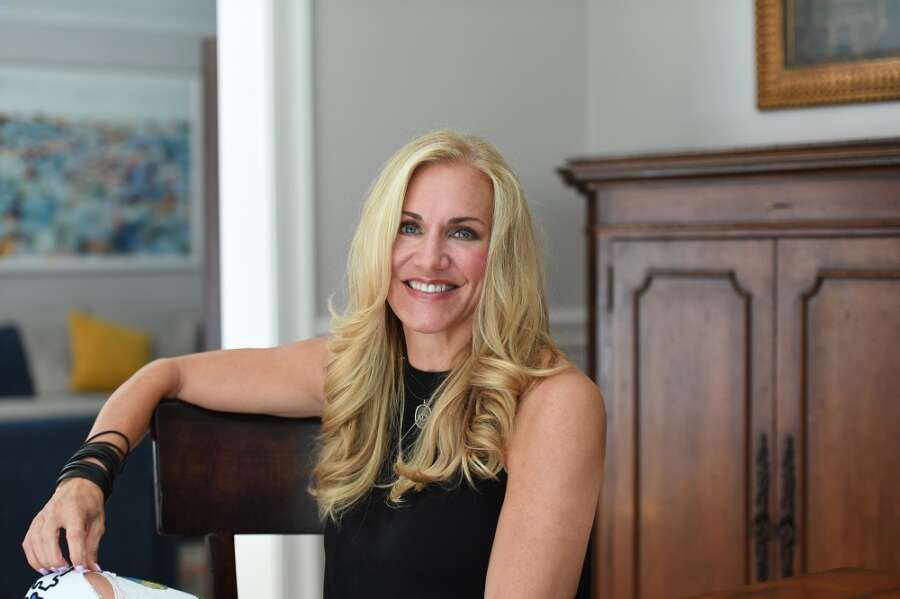
Julie Roehm on the Value of a Chief Experience Officer
When it comes to creative and integral roles in a company’s c-suite, perhaps no position is more critical than the rising star of the chief experience officer (CXO). A once overlooked role in corporate leadership, nearly 90 percent of organizations now have a CXO among their ranks, up from 65 percent in just 2017. This growth points to a trend that marketing expert Julie Roehm has already been tuned into: companies need to appoint professionals who can take a holistic approach to engaging customers through product and messaging. Gone are the days where marketing works in a silo. Chief experience officers like Roehm are bringing a new approach to customer engagement that encompasses everything from branding to product innovation all with the goal of acquiring and retaining customers for the long term.
The Rise of the CXO in the C-Suite According to Julie Roehm
While chief experience officers are critical to operations in a modern company, Julie Roehm noted that the role is often interpreted differently by different organizations and leaders. However, the CXO position continues to rise in popularity and, she shared, that the common thread among these roles is that “an ‘experience’ mindset is crucial to continuous innovation and growth.” Roehm defines the CXO role as being “responsible for developing, maintaining, and strengthening an organization’s relationship with its customers and overall customer experience.” While this can seem broad, the fact that it sweeps over a number of different departments and data silos is actually beneficial to the organization. Chief experience officers have the unique vantage point of being able to extrapolate disparate data and feedback and evaluate how they work in the bigger picture of customer satisfaction, which ultimately impacts a company’s bottom line.
Being a marketing or a customer success leader is not a precursor to becoming a CXO, Roehm warned. The executives that fill these roles “must have strong strategic and financial business acumen, an excellent understanding of the company’s operations, an acute marketing and sales awareness, and, above all else, strong communication and analytical skills to understand and develop innovative solutions.” In conjunction with Julie Roehm’s understanding of the role, Forbes has noted that CXO positions serve as connectors between “the brand, the company, and its customers across multiple platforms and channels, with the goal of optimizing and increasing customer satisfaction and value.”
The Nuance Between CMO and CXO Roles
Having been a chief marketing officer (CMO) herself in a variety of companies, Julie Roehm understands what it means to lead teams and companies through everything from campaign launches to complete rebranding initiatives. She credits her experience in these roles as helping prepare her to become chief experience officer of Party City, where she was able to help innovate the way the company interacted with prospects and retained current customers. “My marketing experience, coupled with my business acumen and partnership with IT and operations did, however, embolden the data-led, customer mindset that is necessary to be an effective CXO,” shared Roehm.
Differentiating the chief marketing officer and chief experience officer is important for Roehm, who notes that the two bring different perspectives and skill sets to the table. While a CMO presents the branding, and customers analytics in the c-suite, the CXO is responsible for the complete customer journey. This means that the CXO “builds partnerships and touches upon every aspect of the business,” explained Roehm.
The Goals of a Chief Experience Officer
Customer satisfaction, both defining and achieving it, to increase revenue and profitability, lay at the heart of a chief experience officer’s role, and the best suited for these positions are those who can understand both acquisition and retention strategies with the customer’s best interests in mind. Since satisfaction is a personal perception, Julie Roehm explained that CXOs must understand the different tools and metrics available to a company across different departments in order to best define and deliver that satisfaction to customers. “While aggregating customer satisfaction into a simple score is commonplace, earning true customer happiness and loyalty is a deeper goal, which nearly always translates to greater profitability. CXOs must find and leverage their tools to engage each customer in the way they desire,” Roehm detailed.
Chief experience officers take this satisfaction as their baseline and create powerful plans, strategies, and campaigns in concert with other departments in order to ensure that the customer journey is a positive one that breeds greater conversion to purchases and repeat business. In her own experience at Party City, Julie Roehm shared that her team defined their vision and then used that vision to guide every action and plan across the company, which helped strengthen their commitment to customers across the business. As customer experience becomes even more of a priority for businesses, “aligning an organization’s mission with the desires of their customers is continually becoming more and more seamless, especially when an organization is CX-driven,” explained Roehm.
Roehm has had a career resplendent with marketing and customer experience success, helping brands pivot to revitalize themselves and taking on challenges that seem daunting to the most robust of professionals. For Roehm, this role suits her well in that she can combine her strengths of brand strategy and business strategy and growth in a meaningful way, placing the emphasis on customer loyalty. She underscored that a chief experience officer is one that relies on collaboration with the rest of a team with strong partnerships throughout the c-suite to ensure success across the board.


